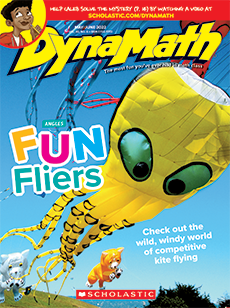One day, Canadian artist Raku Inoue (ee-noh-ooh-eh) noticed rose petals had fallen from a bush in his backyard. Inoue had an idea: He arranged the petals in the shape of a beetle on a piece of paper. He used thin green twigs for its legs.
In the following months, Inoue created more insects using leaves, seeds, flowers, and other plant parts. “Insects have always had a symbolic meaning for me,” Inoue says. He grew up in Japan, where he and his family often searched for bugs in local parks.
Raku Inoue (ee-noh-ooh-eh) is a Canadian artist. He noticed rose petals in his backyard one day. The petals had fallen from a bush. Inoue had an idea. He arranged the petals on a piece of paper. He made the shape of a beetle. He used thin green twigs for the beetle’s legs.
Inoue created more insects in the following months. He used leaves. He used seeds. He used flowers and many other plant parts. “Insects have always had a symbolic meaning for me,” Inoue says. Inoue grew up in Japan. He often searched for bugs in local parks with his family.
